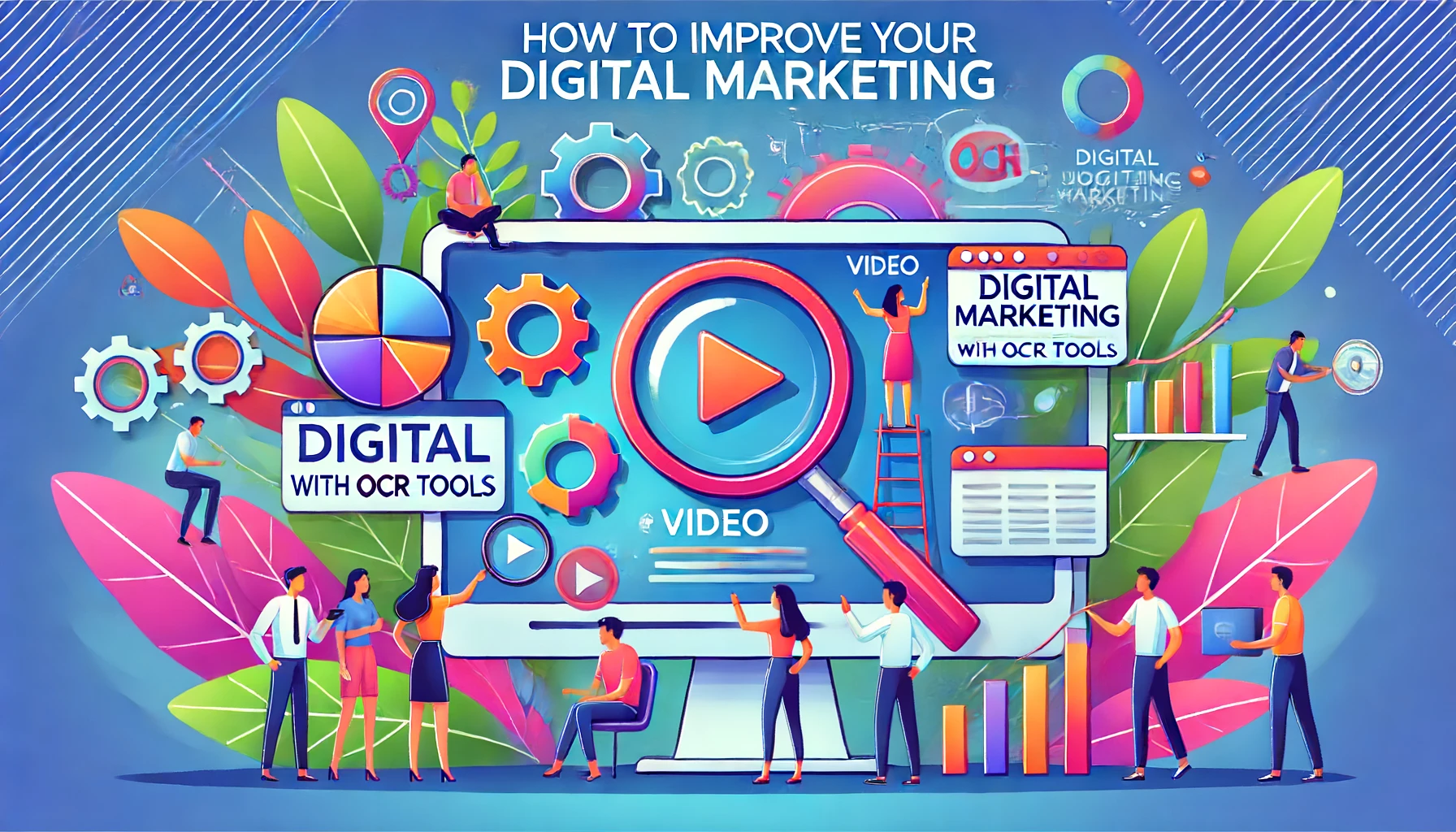
Estimated reading time: 6 minutes
Search optimization is always going to be a significant part of what makes an e-commerce site a roaring success, so if you are not looking into ways you can improve your own store’s ranking, sales will be slipping through your fingers as we speak.
With that in mind, here are some e-commerce metrics that you simply must monitor as a means of adjusting and improving your SEO strategy on a persistent basis – so don’t go anywhere!
Related Links
Bounce Rate
When customers land on your site only to leave shortly after, this is reflected in what’s known as the bounce rate – so it’s a critical e-commerce metric. A high bounce rate could signal that your site isn’t resonating with visitors, which can negatively influence your search engine rankings. Bounce rate also differs by industry, with averages sitting at 51.6% in the health and beauty e-commerce niche, while sporting goods sellers enjoy a lower 37.2% average.
Here’s what you need to know:
Factors Influencing Bounce Rates
- Misaligned Keywords: Utilizing keywords that don’t match your content’s intent.
- Poor Page Layout: Overwhelming or confusing designs.
- Slow Load Times: Pages that take too long to load push visitors away.
- Non-responsive Design: A poor experience on mobile devices.
Strategies to Improve Your Bounce Rate
- Align Content with Keywords: Ensure all content clearly matches the search queries leading users to your page (be clear and direct, and research keywords regularly).
- Enhance Page Design: Opt for a clean, intuitive layout. Less is more when it comes to design elements.
- Boost Load Speeds: Compress images and streamline code. Every second counts.
- Optimize for Mobile: Implement a responsive design ensuring functionality across devices. If you don’t have the budget to do this, consider taking out a business loan, or applying for one of the top rated Citi credit cards so you’ve got the capital to invest in overhauling your e-commerce site’s design to align it with modern browsing habits.
Click-Through Rate (CTR)
CTR is a standout metric that monitors the percentage of visitors who follow through on your clickable links, indicating the attractiveness and relevance of your offers or content. A low CTR can be a warning sign that your site’s entry points aren’t compelling enough to encourage further exploration.
Again, averages vary depending on the source – so while social ads have CTRs of up to 1.3%, display ads from the Doubleclick network sit much lower at 0.05%.
Let’s break this down so you can take action:
Factors Influencing CTR
- Unclear Headlines: Titles that don’t instantly convey the value of clicking.
- Invisible Calls-to-Action: CTAs that blend too much with the page background or are too far down the page.
- Irrelevant Descriptions: Meta descriptions that fail to match search intent.
- Lack of Urgency: Content that doesn’t evoke immediate action.
Strategies To Elevate Your CTR
- Refine Your Headlines: Use compelling, benefit-rich headlines. Make them irresistible.
- Highlight Your CTAs: Employ contrasting colors and place CTAs prominently. They should stand out.
- Align Meta Descriptions: Ensure these provide an accurate, enticing preview of what’s on the page.
- Create Urgency: Incorporate phrases like “limited offer” or “exclusive access” to prompt quicker clicks.
Site Speed

Site speed affects not only user satisfaction and retention but also plays a pivotal role in SEO. Slow-loading pages can drive potential customers away, increasing bounce rates and reducing overall engagement.
Averages are all over the place here – with the type of connection playing a part, and desktop devices serving users pages in under 3 seconds, while mobile users will be waiting for at least 8.
Here’s what causes complications, and how your site can wow visitors regardless of their device choice:
Factors Slowing Down Your Site
- Heavy Images: Large image files that bog down load times.
- Bulky Code: Unoptimized or excessive HTML/CSS/JavaScript.
- Server Performance: Inadequate hosting solutions that can’t keep up with traffic demands.
- Excessive Redirects: Too many HTTP redirects that create additional HTTP requests.
Strategies To Optimize Site Speed
- Compress Images: Use tools like Adobe Photoshop or free online services to reduce file size without compromising quality.
- Minimize Code: Trim unnecessary characters, spaces, and comments from your code.
- Upgrade Hosting Plan: Consider moving to a more robust hosting plan or a dedicated server especially if your traffic is increasing.
- Reduce Redirects: Limit the use of intermediate redirects to essential ones only.
Conversion Rate

The conversion rate of your e-commerce site measures the percentage of visitors who complete a desired action, such as making a purchase or signing up for a newsletter. It’s a direct indicator of how well your site appeals to your target audience and facilitates their journey from browsing to buying.
Here’s what influences this informative e-commerce metrics:
Factors Affecting Conversion Rates
- User Experience (UX): Difficult navigation or confusing interfaces can deter purchases.
- Trust Signals: Lack of reviews, a conspicuous absence of secure payment badges, and unclear return policies may cause hesitation.
- Price Transparency: Unexpected costs added at checkout can lead to cart abandonment.
- Value Proposition: If customers don’t perceive your products as valuable, they’re less likely to convert.
Strategies To Improve Your Conversion Rate
- Streamline Navigation: Design a user-friendly website that makes finding products intuitive. Consider tools like heatmaps for insights on visitor interactions.
- Enhance Trust: Display customer testimonials prominently, include security badges on checkout pages, and ensure your policies are easy to find and understand.
- Provide Clear Pricing Up Front: Be upfront about all costs – including shipping – before the user reaches the checkout stage. If you aren’t, or the choices are limited, you could lose 77% of prospective buyers.
- Strengthen Your Value Propositions: Clearly communicate the benefits of your products, not just the features. Use compelling product descriptions and high-quality images to enhance perceived value – don’t just copy and paste whatever the manufacturer provides in their marketing materials.
The Bottom Line: E-Commerce Metrics
Your monitoring efforts need to cover more than just these e-commerce metrics, but as a starting point, it’s sensible to have bounce rate, CTR, and site speed in your sights so your endeavors can flourish rather than falter.
Contact Matchbox Design Group Today!
If your website could use a refresh or you’re looking to drive more traffic to your site, fill out the form below and we’ll contact you to learn more about your digital needs.

